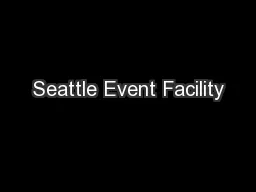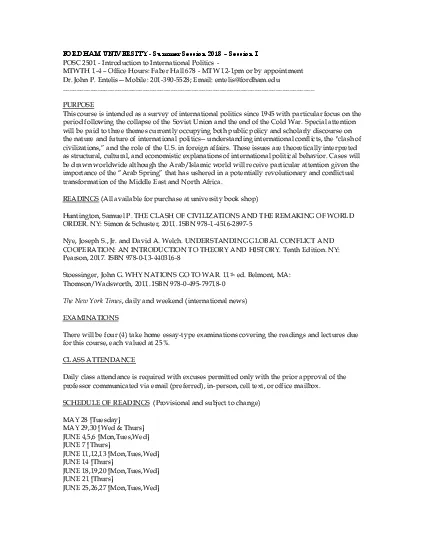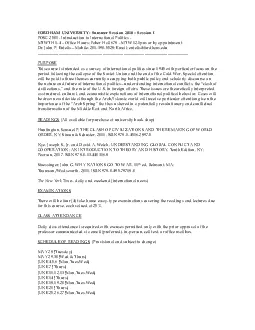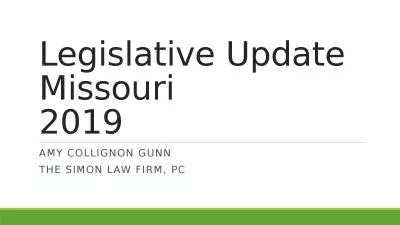PPT-Thurs., Sep. 28 venue in federal court
Author : calandra-battersby | Published Date : 2018-03-16
Sec 1391 Venue generally b Venue in generalA civil action may be brought in 1 a judicial district in which any defendant resides if all defendants are residents
Presentation Embed Code
Download Presentation
Download Presentation The PPT/PDF document "Thurs., Sep. 28 venue in federal court" is the property of its rightful owner. Permission is granted to download and print the materials on this website for personal, non-commercial use only, and to display it on your personal computer provided you do not modify the materials and that you retain all copyright notices contained in the materials. By downloading content from our website, you accept the terms of this agreement.
Thurs., Sep. 28 venue in federal court: Transcript
Download Rules Of Document
"Thurs., Sep. 28 venue in federal court"The content belongs to its owner. You may download and print it for personal use, without modification, and keep all copyright notices. By downloading, you agree to these terms.
Related Documents














